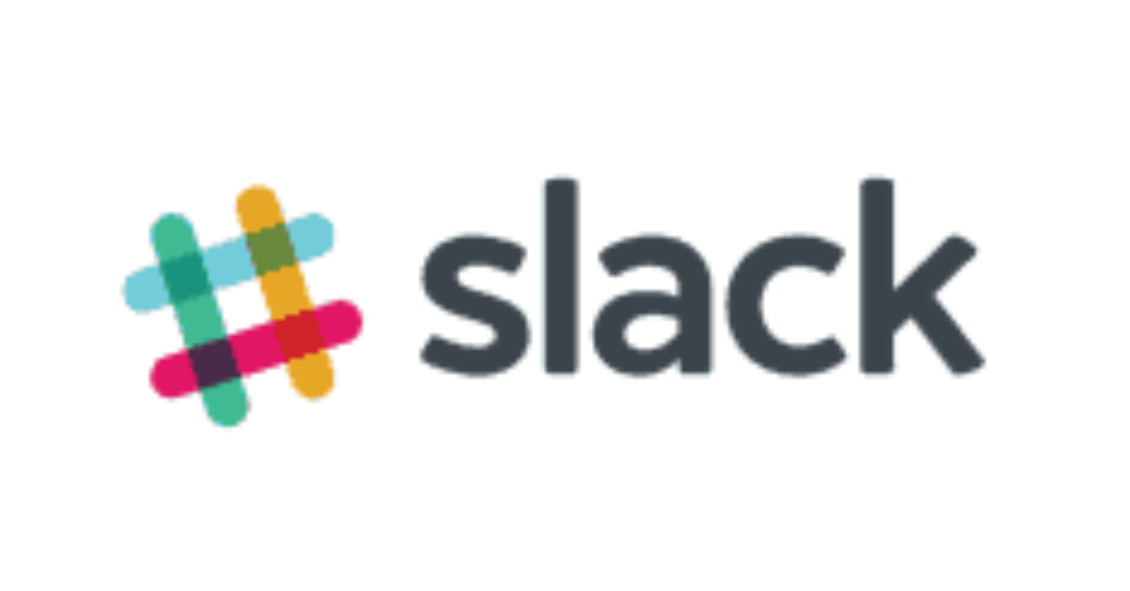
Unless you’ve been living under a rock, you would have heard of Slack. It is not another enterprise collaboration application. It merely aims to redefine how organizational communication takes place and upstage this little thing called email. As far as start-ups go, the company has witnessed a meteoric rise. In its most recent round of funding in April 2016, it raised US$200 million at a post-money valuation of US$3.8 billion (with an annual recurring revenue of US$64 million last year), which is all the more impressive when you consider that it launched just three years ago and has raised almost US$540 million. An incredible amount of money at a time when VCs are supposedly tightening the screws and we are witnessing a ‘correction’ in the investment climate. To Slack’s credit, it has built an incredibly popular platform. In May, it reached a significant milestone when it announced three million Daily Active Users (DAUs; a much revered metric of app usage vs just installs) and two million connected users. It has grown at breakneck speed – less than a year ago, it had one million DAUs, and in October 2015, one million connected users.
The changing face of enterprise IT
Slack is built on the premise of seamless communication in an increasingly complex enterprise world across platforms, teams, and applications. It has 430 employees and counts NASA, CNN, LinkedIn, Harvard, McKesson, Ogilvy, and Spotify as enterprise customers. Slack represents the true vision of what is often referred to as “consumerization of IT”. It refers to the confluence of consumer imperatives such as seamless user experience (UX), BYOD/CYOD convenience, and boundaryless communication within an enterprise IT framework. Digital technologies are reshaping the workplace of the future while enterprise applications tend to be stuck in a bygone era. Slack, and its ilk, aim to redefine this paradigm. Slack, in particular, aims to make messaging the primary form of communication among co-workers. As an illustration, they can place documents saved in Dropbox into their chat streams, collaborate on revisions and assign tasks without leaving Slack, and search previous conversations and files. It also has fully native apps on iOS and Android with syncing across devices.
This is a far cry from current legacy enterprise collaboration applications, which have seen their fair share of experiments. The most high-profile one was probably Yammer, which was sold to Microsoft in 2012 for US$1.2 billion. One primary reason why Yammer has not scaled as hoped is that it still operates as a separate tool from the rest of the enterprise workflow, much like the IM tools that came before it, which also fall short of meeting the requirements of digital enterprises. Microsoft has tried to salvage its Skype bet with the integration of Lync (now Skype for Business), but the jury is still out on it.
Peers of Slack (Campfire, HipChat, Skype) can copy its core features, but the implications of its network effect and ecosystem of integrated apps/chatbots are quite profound. It meaningfully differentiates on the basis of its pricing models as well. While other SaaS providers typically charge on a per-user basis (regardless of how many users actively use the software), Slack tweaks this to activity-linked pricing. For example, with other applications, if you buy 1,000 seats but only use 100, you still get charged for 1,000. Slack, on the other hand, will charge on the basis of how much it is actually used (say number of messages exchanged).
Challenges and the road ahead
That’s not to say Slack is not facing intrinsic issues. The enterprise version of the software was initially delayed and there are reports that ride-hailing company Uber dropped Slack because it couldn’t handle the number of communications it required. Scaling from micro-teams to coordinate multiple Slacks in a large organization has been a problem. As Slack aims to replace email as the standard of organizational communication, there is a very likely danger that it might end up having the same problems that have made modern-day communications so tedious and sub-optimal. Execution will be a key area of scrutiny. There are very few industries where companies experience this type of hyper growth, especially on the enterprise IT space, so managing the pitfalls become all the more tough.
To Slack’s credit it has not displayed a lack of ambition when it comes to pivoting its future, which clearly needs to be a platform-based play for any meaningful and scalable business model to emerge. The goal now will be to turn its software into a platform that integrates with other software so that a user can accomplish all enterprise objectives inside the ecosystem and thereby create stickiness. To further this ambition, Slack announced an US$80 million investment fund in December for developers to build apps that integrate with the platform. Right now, the Slack Platform consists of a new Slack App Directory (with ~160 apps), a Slack Fund (to invest in new apps), and Botkit (a new framework to easily build new apps). As Slack scales up its aim to be a ubiquitous SaaS ecosystem, it can unlock a significant opportunity by becoming the identity layer of the enterprise. This is similar to the intent Microsoft is driving toward with the US$26.2 billion acquisition of LinkedIn. Ultimately, if Slack’s platform picks up, it can drive other services such as single login and identity access, effectively serving as the singular identity provider for an employee across the enterprise ecosystem. Slack has the momentum and intent on its side to redefine the enterprise application paradigm, and it’s hard to see anyone else (apart from Microsoft) having a bigger opportunity to succeed.










